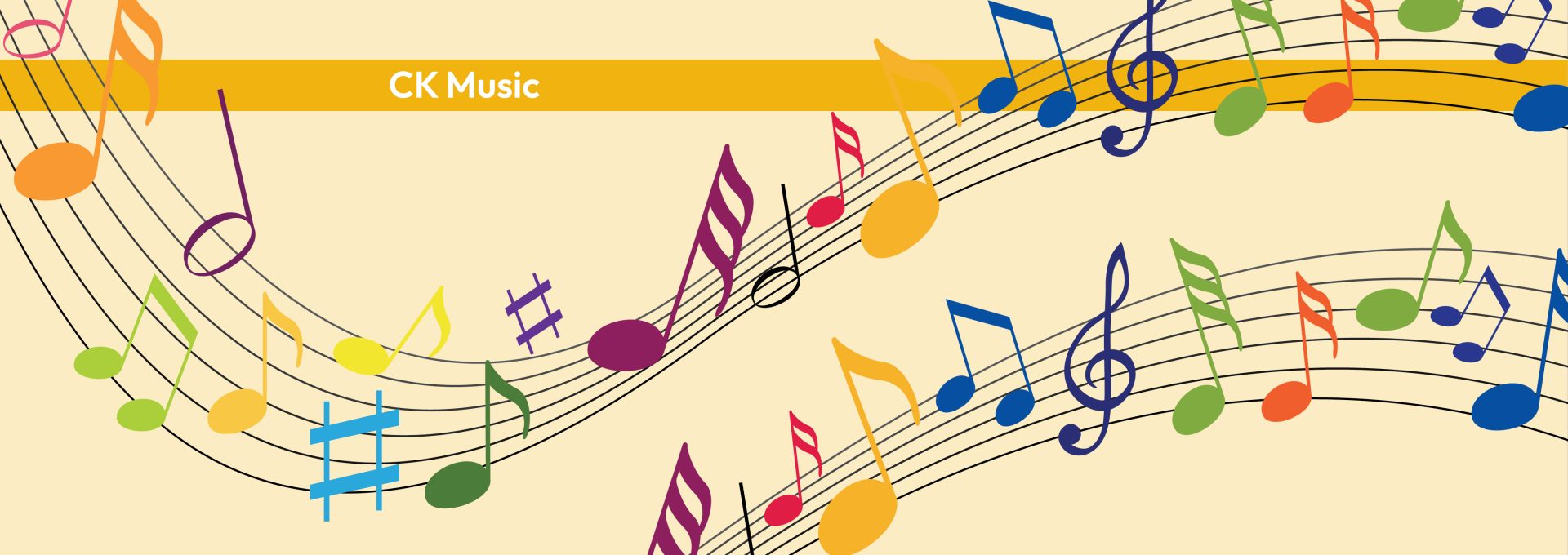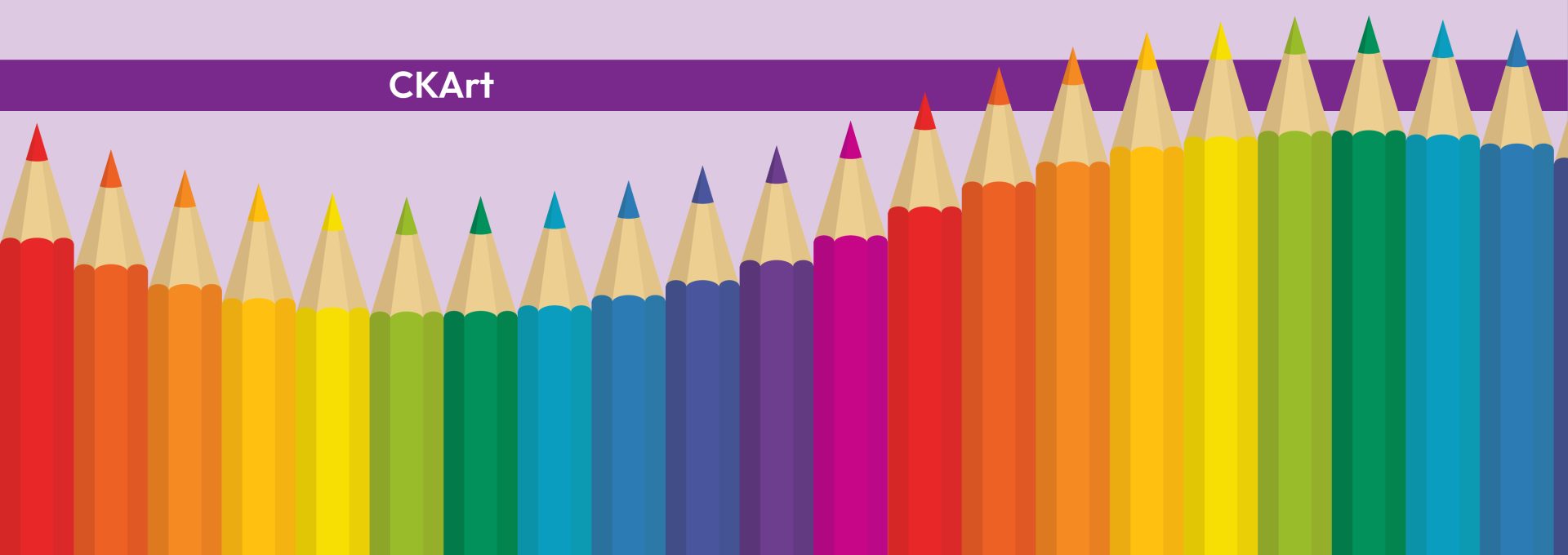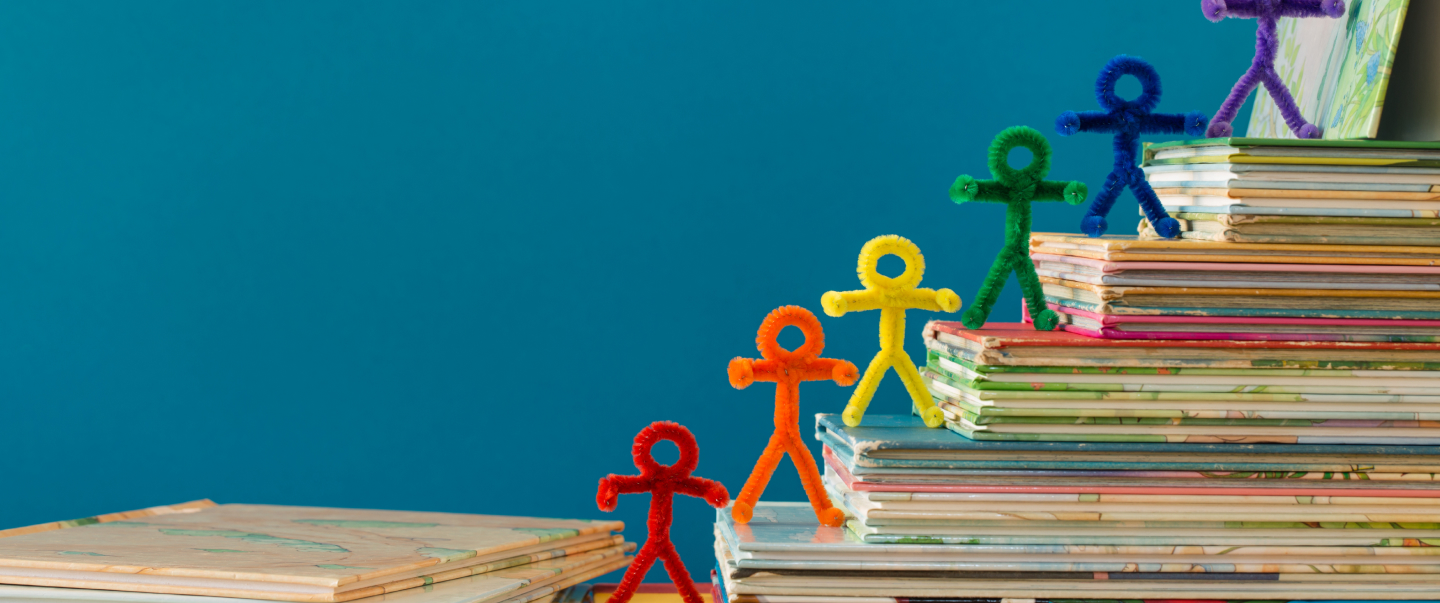Through attaining a basic knowledge of the arts, children are not only better prepared to understand and appreciate works of art, but also to communicate their ideas, feelings, and judgments to others. A good understanding of the arts grows out of at least three modes of knowledge: creative (i.e., directly making artworks), historical, and analytical. Early study of the arts should embrace all three modes with special emphasis on creativity and active participation.
The Arts
Music
In the Core Knowledge Sequence, students in K–8 are exposed to a variety of genres from folk songs, to classical pieces to more contemporary works. Children also learn the fundamentals of musical instruments and reading of sheet music.

Visual Arts
In the Core Knowledge Sequence, students in K–8 are exposed to both classic and contemporary works of Art. Famous architecture from around the world is discussed at each grade level. Children also learn about the elements of art.

The Arts in the Curriculum
The Core Knowledge Foundation sees the arts not as a peripheral part of the curriculum but as an essential part of the knowledge all children should learn in the early grades.
Music
Early instruction in the arts should be noncompetitive and provide many opportunities to sing, dance, listen to music, play act, read and write poetry, draw, paint, and make objects. Equally important, children should be exposed to fine paintings, great music, and other inspiring examples of art. As children progress in their knowledge and competencies, they can begin to learn more about the methods and terminology of the different arts, and become familiar with an ever wider range of great artists and acknowledged masterworks.
Visual Arts
Back to Curriculum
Find all of the resources and description of what to do. Lorem ipsum dolor sit amet, consectetur.
